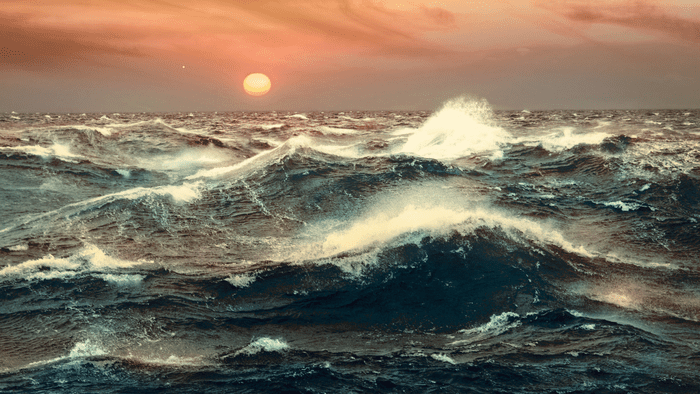An international team of astronomers has announced the discovery of a very interesting exoplanet. The world is called TOI-1452 b and is orbiting a small star in a nearby binary system just 100 light-years from Earth. The planet appears to be slightly larger and heavier than Earth but its surface is believed to be covered in water.
As reported in The Astrophysical Journal, the team estimates that the planet is made of 30 percent water. A huge amount compared to Earth’s own 1 percent. It orbits its dwarf star in 11 days, placing it in the habitable zone, where water is expected to exist in its liquid, frozen, and vapor form. If this research is correct, this planet is likely covered in a thick ocean.
“TOI-1452 b is one of the best candidates for an ocean planet that we have found to date,” lead author Charles Cadieux from the Université de Montréal said in a statement. “Its radius and mass suggest a much lower density than what one would expect for a planet that is basically made up of metal and rock, like Earth.”
The initial observations were performed by NASA’s planet-hunter telescope TESS. The observatory reported a candidate object orbiting one of the stars in this binary system with a size of about 70 percent larger than Earth. Follow-up observations allowed the team to work out what the planet may be like.
“The OMM [Observatoire du Mont-Mégantic in Quebec] played a crucial role in confirming the nature of this signal and estimating the planet’s radius,” explained Cadieux. “This was no routine check. We had to make sure the signal detected by TESS was really caused by an exoplanet circling TOI-1452, the largest of the two stars in that binary system.”

Artistic representation of the surface of TOI-1452 b. Image Credit: Benoit Gougeon, Université de Montréal
The binary system is made of two red dwarf stars smaller and dimmer than our Sun. They are separated by about 14.5 billion kilometers (9 billion miles), roughly 2.5 times the distance between Pluto and the Sun. The Earth-based observatory was able to see the two stars as separate objects (which TESS couldn’t) and then observations from a Japanese team allowed them to confirm that the planet is truly there.
“I’m extremely proud of this discovery because it shows the high calibre of our researchers and instrumentation,” said René Doyon, Université de Montréal professor and director of the Institute for Research on Exoplanets (iREx) and the OMM. “It is thanks to the OMM, a special instrument designed in our labs called SPIRou, and an innovative analytic method developed by our research team that we were able to detect this one-of-a-kind exoplanet.”
Given its relative proximity and characteristics, this planet could be an ideal candidate for further observations by JWST.
Source Link: Earth-Sized Planet In Nearby Star System May Be Covered In Water